James Turrell has, throughout his long career of almost 50 years, enjoyed something of a love affair with light. Perhaps it was growing up in California that first inspired his fascination with the qualities of light that he explores in his sculpture; certainly his studies in mathematics and psychology, his pilot training, and his Quaker background inform his work, which is the subject of a major retrospective at the National Gallery of Australia, Canberra. Turrell’s 2010 built space Within without, part of an ongoing series of Skyspaces, is a permanent installation at the gallery.
Turrell began his artistic practice in the 1960s with fire sculptures, before moving on to projection pieces using illusory geometric shapes. Works such as the uncanny floating white light cube Afrum (white) from 1966 and the 1969 piece Raemar pink white – the neon shape appearing as a levitating canvas – from this period form part of the exhibition. A monumental project at the Roden Crater, involving excavating and sculpting within an extinct volcano in Arizona, began in 1974 and continues to influence his international practice. After green typifies the artist’s work of the 1980s and ’90s, in which viewers are immersed in an controlled environment which manipulates their perceptions using carefully chosen light. The 71-year-old is going stronger than ever, with ambitious recent works including Bindu shards (2010), the one-person kaleidoscope “perceptual cell” that resembles something NASA might use to torture-train astronauts, and the disorientating Sight unseen (2013). James Turrell: A Retrospective runs from 13 December.
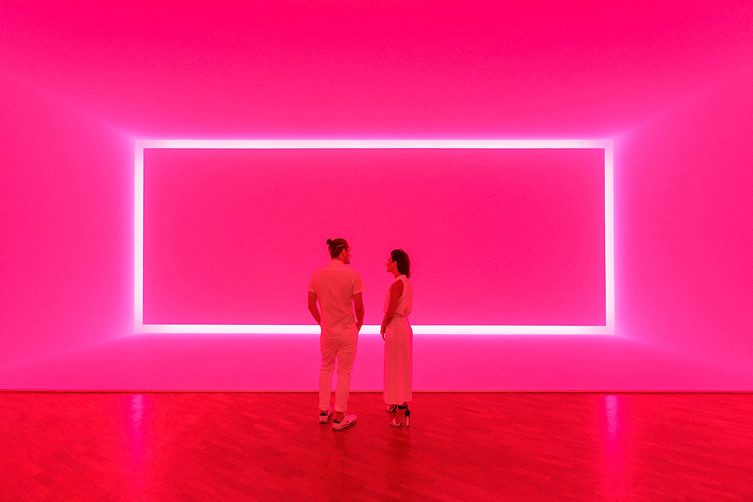
James Turrell
Raemar pink white 1969
Shallow space construction: fluorescent light
440 x 1070 x 300 cm
Kayne Griffin Corcoran, Los Angeles, California
Image: National Gallery of Australia
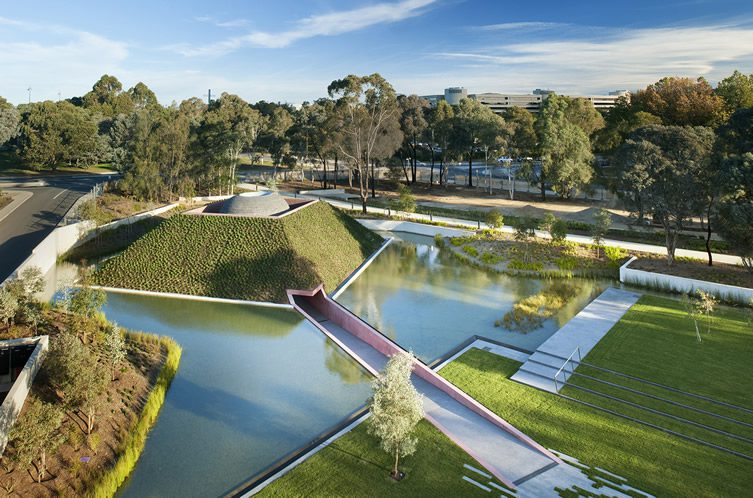
James Turrell
Within without 2010
Skyspace: lighting installation, concrete and basalt stupa,
water, earth, landscaping
National Gallery of Australia, Canberra
© James Turrell
photograph: John Gollings
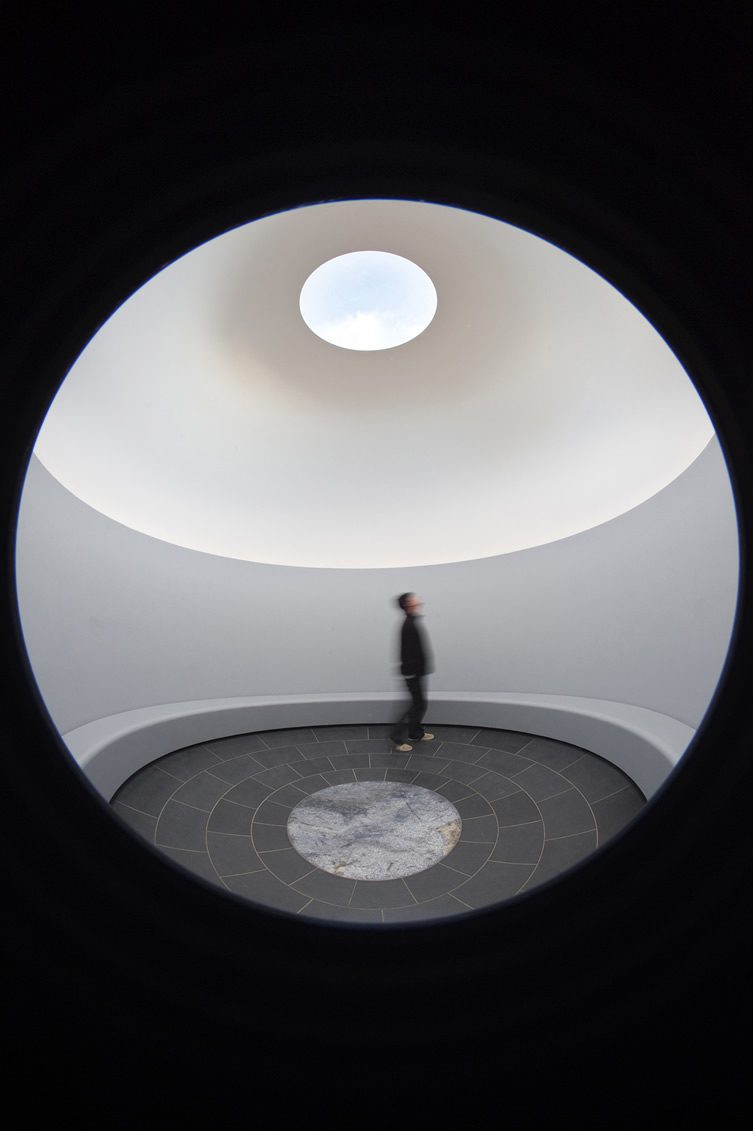
James Turrell
Within without 2010
Skyspace: lighting installation, concrete and basalt stupa,
water, earth, landscaping
National Gallery of Australia, Canberra
© James Turrell
photograph: John Gollings
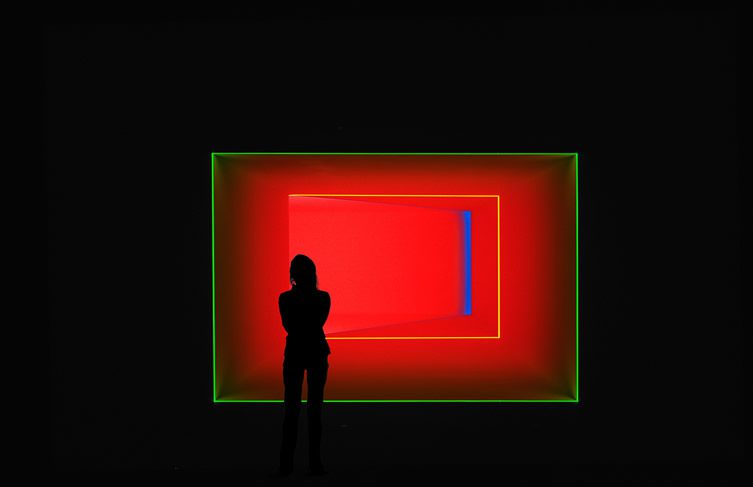
James Turrell
After green 1993
Wedgework: fluorescent, LED and fibre-optic lights
National Gallery of Australia, Canberra
© James Turrell
photograph © Florian Holzherr
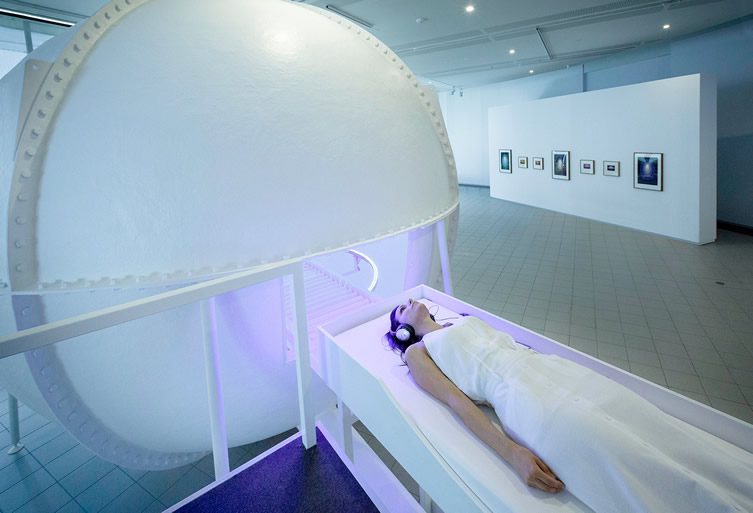
James Turrell
Bindu shards 2010
Perceptual cell: fiberglass and metal. Light program
420.8 x 653.1 x 607.1 cm (sphere)
National Gallery of Australia, Canberra, purchased 2014
Image: National Gallery of Australia
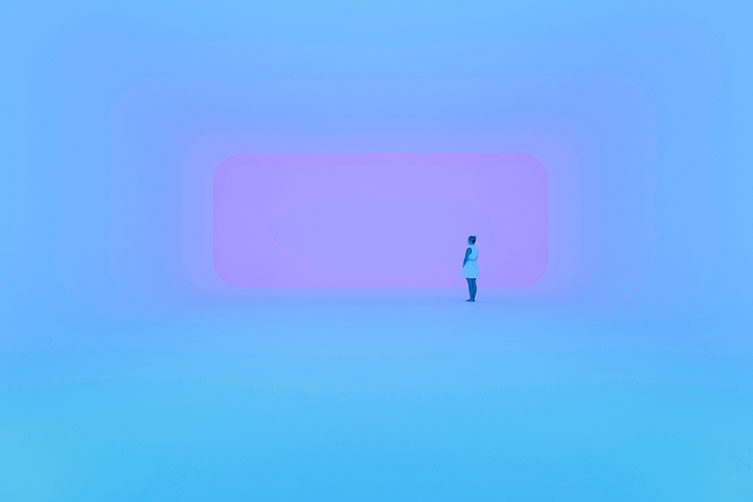
James Turrell
Virtuality squared 2014
Ganzfeld: built space, LED lights
800 x 1400 x 1940.5 cm (overall)
Collection James Turrell
Image: National Gallery of Australia
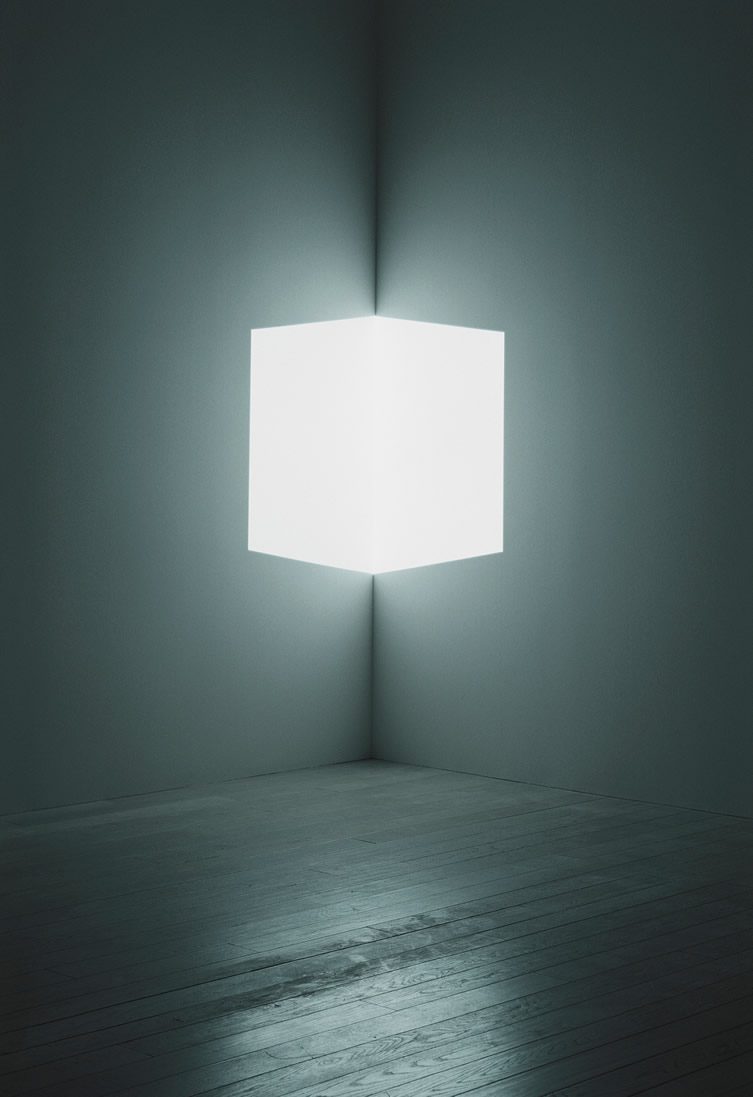
James Turrell
Afrum (white) 1966
Cross-corner projection: projected light
Los Angeles County Museum of Art
© James Turrell
photograph © Florian Holzherr
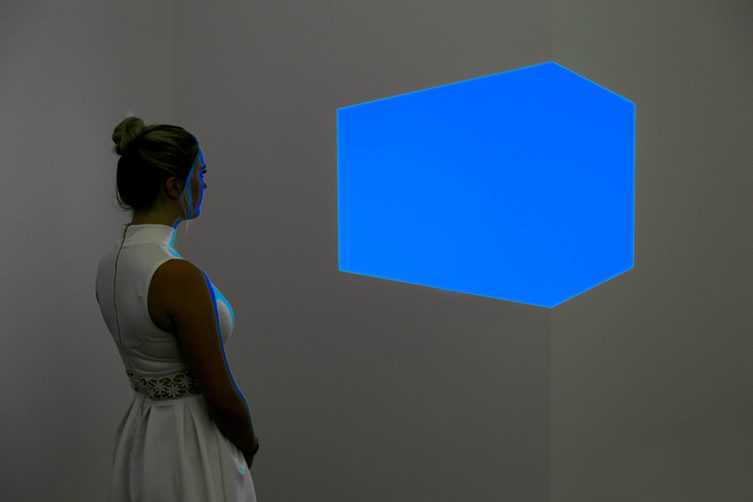
James Turrell
Shanta II (blue) 1970
Cross-corner construction: fluorescent light, built space
Dimensions variable: 106.6cm (max height of aperture)
Image: National Gallery of Australia





